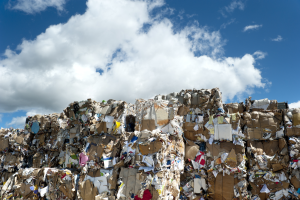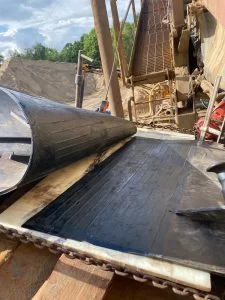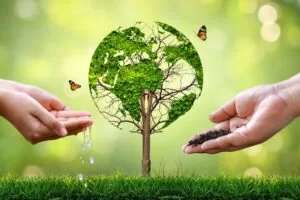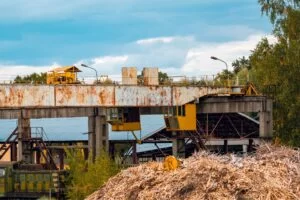The Environment Agency has released data that shows there has been a record 40,653 tonnes of waste aluminium packaging collected for recycling during the first quarter of 2020.
9, a:1:{i:0;s:8:”defaults”;}, rotary screening, Record Levels Of Aluminium Recycling In The UK, The Environment Agency has released data that shows there has been a record 40,653 tonnes of waste aluminium packaging collected for recycling during the first quarter of 2020. The data indicates that 76,933 tonnes were collected during the first half of the year, showing an increase of 52 per cent as compared to the 50,744 tonnes collected in the first half of 2019.
Resource.co reported that waste aluminium packaging collected through kerbside, household waste sites, and on-the-go systems was increased by 37 per cent during the same period – 53,312 tonnes in 2020, up from 38.882 in 2019. Tonnage recovered from incinerator bottom ash (IBA) almost doubled from 11,862 in 2019 to 23,621 in 2020.
Executive director at Alupro, Rick Hindley commented: “The UK’s PRN [packaging recovery notes] data for Q2 2020 shows a hugely impressive year-on-year increase in the volume of aluminium packaging collected for recycling. Alongside greater public awareness about the benefits of recycling, figures should be attributed to the COVID-19 lockdown and the resulting increase in household recycling volumes.
He stated that the biggest surprised was an incredible 99 per cent increase in aluminium packaging recovered from IBA from the 2019 figures. He credited this to an increase in the number of IBA processors, as well as the increase in energy from waste (EfW) facilities commencing operations across the UK.
There have already been PRNs raised for over 76,000 tonnes of aluminium packaging so far in 2020, proving the “future looks bright”, according to Hindley. He added that during the current coronavirus climate that nothing is truly certain, but he remains optimistic, and as long as local waste collections continue to operate, recycling rates will continue to follow the trend.
He predicted that, with the recycling obligations for the year already at 69 her cent, there is a much greater possibility to realise recycling rates of 80 per cent for aluminium packaging, and as high as 90 per cent for aluminium beverage cans.
“Of course, this relies heavily on sustaining current rates throughout the rest of the year, PRN values remaining stable and no future disruptions to local authority collections,” he concluded.
Figures from the European Aluminium and Metal Packaging Europe in 2019 showed the overall recycling rate for aluminium drinks cans within the EU, Switzerland, Norway and Iceland increased to 74.5 per cent in 2017, an all-time record.
There have been significant gains made in the UK’s aluminium recycling rate over the past decade. The figure rose from 54 per cent in 2010 to 75 per cent in 2018, and a report from the Aluminium Packaging Recycling Organisation predicts that the figures will continue to follow the trend, with a potential of reaching 85 per cent by the end of the year.
While glass and paper recycling rates have fallen, there has been a significant increase in aluminium, steel, plastic and wood. Compliance specialists have welcomed the figures but warned the data will not yet take int account the effect of the lockdown.
If you need waste management rotary screening starts for your recycling process, contact us today., field_544dcaa8220f0, , field_543e9601d7f94, 31




